Estimated reading time: 5 minutes
Do you have a pear tree in your garden? Are you interested in growing them?
We’re on a bit of a mission here at the farm to bring them back into fashion. When you get them right, they’re really delicious.
What’s so great about growing pears?
For a start, not much goes wrong with them. They’re a relatively bomb-proof tree in the garden as long as you keep the birds off.
They’re also a great tree for improving your food security by extending the fresh fruit season. Pears are one of the latest fruit to ripen (along with some apples).
Plus, they lend themselves to a wide range of cooking and preserving techniques. This pear and custard tart is one of our fave winter desserts.
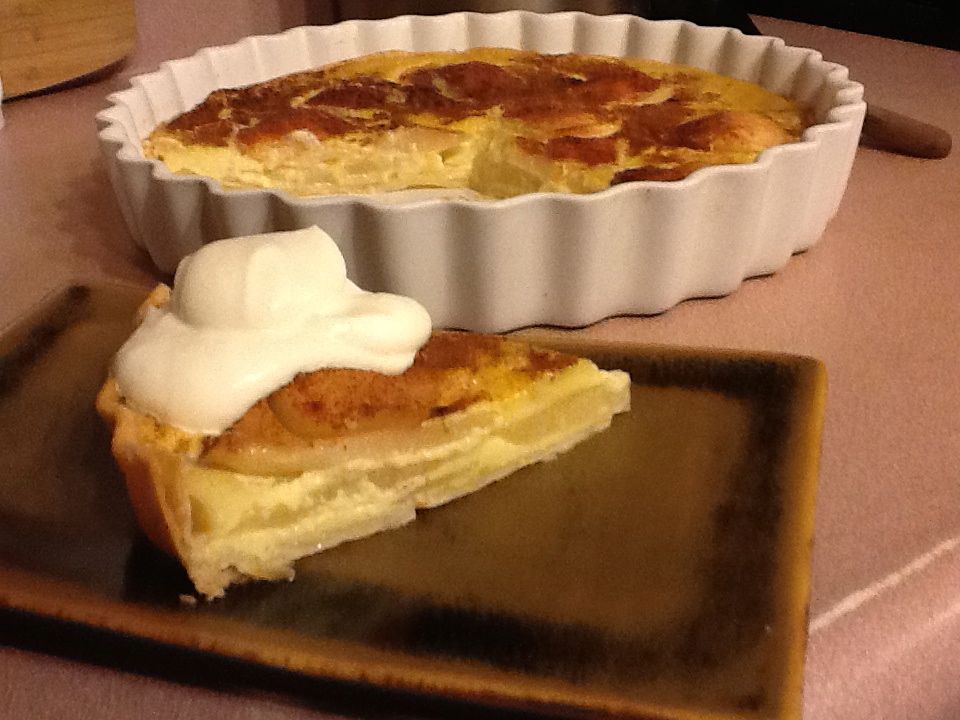
Why pears became unpopular
Pears are one of the more ignored fruits, and there are a couple of reasons why.
One is because it’s very hard to pick them at the right time, to ensure they will ripen properly. This is easier with some varieties (including the various types of Nashis) than others.
Many types of pears go floury if you let them ripen on the tree. This means they should be picked when they are mature (but not ripe) and then stored in a coolroom or fridge for a few weeks. You can then allow them to ripen at room temperature.
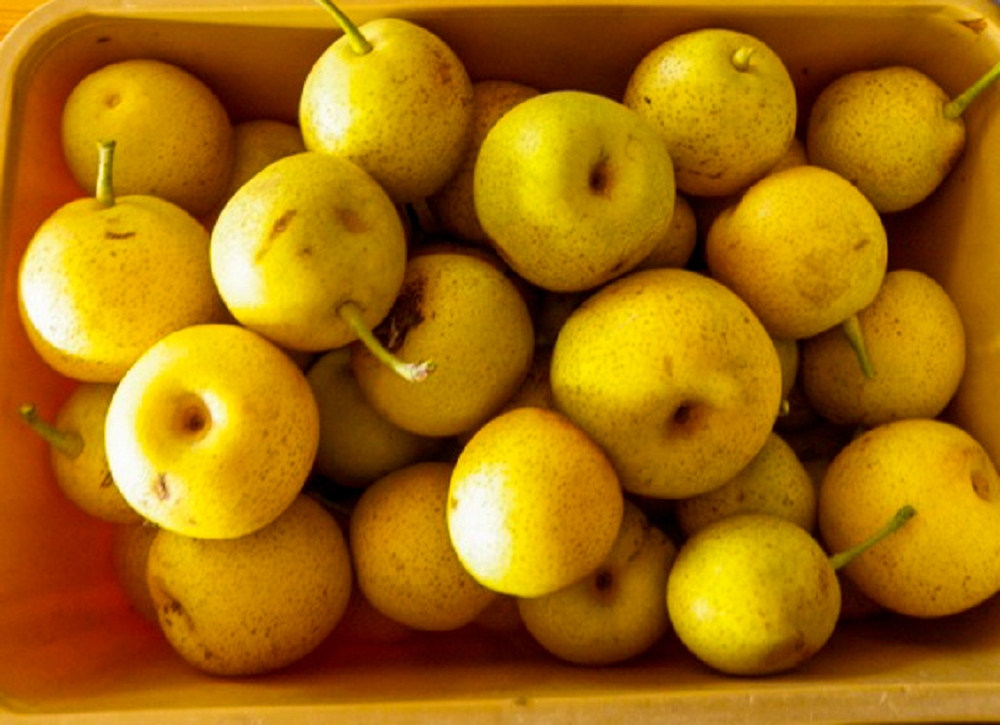
Learning how to pick pears at the right time
Picking pears at the right time is a matter of being aware of all the variables you need to get right.
First, knowing when they are mature can be tricky. It’s about making sure that the seeds have gone completely dark brown and plump, and that the fruit has enough starch in it.
Secondly, you need to be patient and let the fruit stay in cold storage for long enough before you finish the ripening process at room temperature. Otherwise, they just won’t ripen.
This is something we’ve got wrong many times ourselves in the past. In our eagerness to get them to market, we’ve often either picked too early or not left them in the coolroom long enough.

Looking after pear trees
Pears are relatively easy to grow. They can get a few problems, like Pear blister mite (above), Black spot (a common fungal disease), and of course, the very common Pear and cherry slug.
None of those problems is too destructive or hard to control, and they all have relatively easy solutions.
They’re usually very reliable trees. They thrive in conditions that other trees don’t like, such as soggy or frosty areas. It’s pretty easy to get them to crop well.
Plus, they’re beautiful trees to have in the garden, with large glossy green leaves, beautiful white blossoms, and a stunning autumn display.
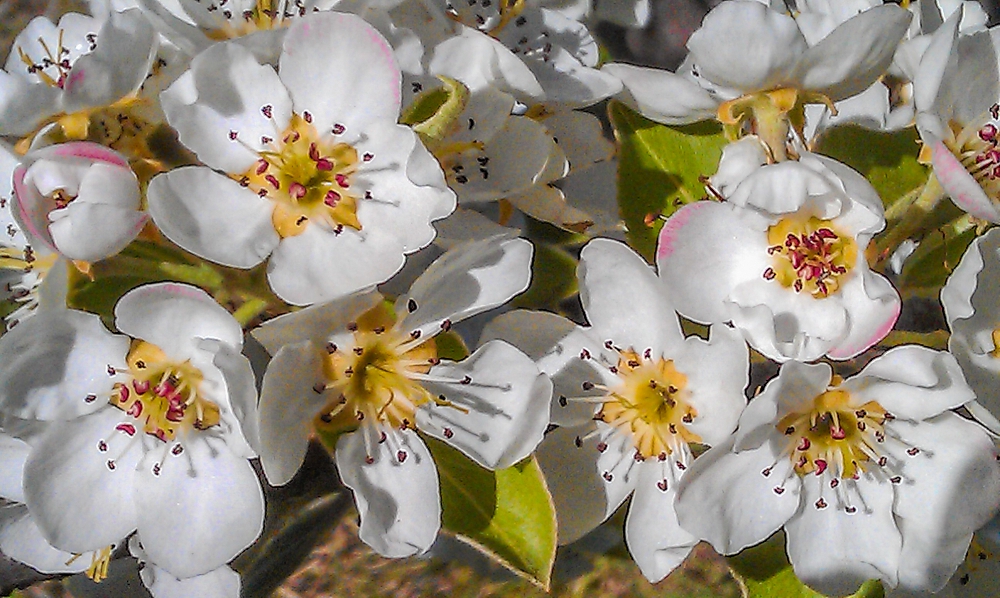
We love pear trees!
Clearly, we’re big fans of pears, which is why we’ve been steadily expanding the number of varieties we grow on the farm.
It also means we’re able to offer some unusual heritage varieties at Carr’s Organic Fruit Tree Nursery. One of our absolute faves is the much sought-after (but hard to find) Lemon Bergamot. It’s a yellow pear that’s similar to a Packham, but with a delicious lemony taste.
Consider giving a place in your garden to a pear tree, they’re a hard-working, low-care tree that will pay you back with oodles of delicious autumn fruit.
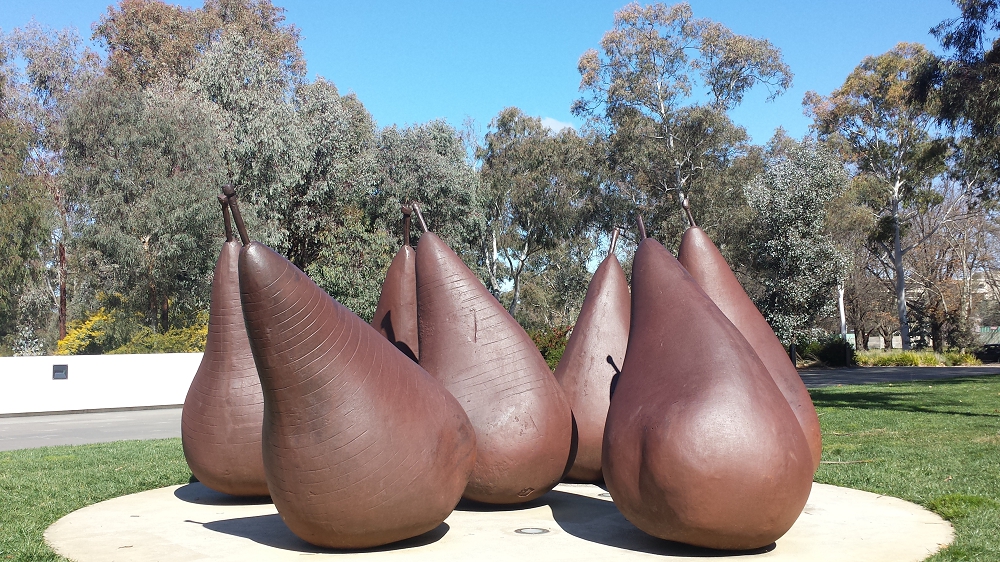
Related Articles
How to prune your apple tree
Pruning apple trees takes a little more specialist knowledge than other fruit types, but your trees will reward you with ample crops.
Warming winter cakes with home-grown fruit
Bake delicious warming winter cakes from the fruit you’ve grown on the fruit trees in your own garden for extra satisfaction.
How to grow your own multigraft or fruit salad tree
Multigraft trees are a no-brainer for many gardens, as they reduce risk and provide a bigger variety of fruit, without taking up more space.

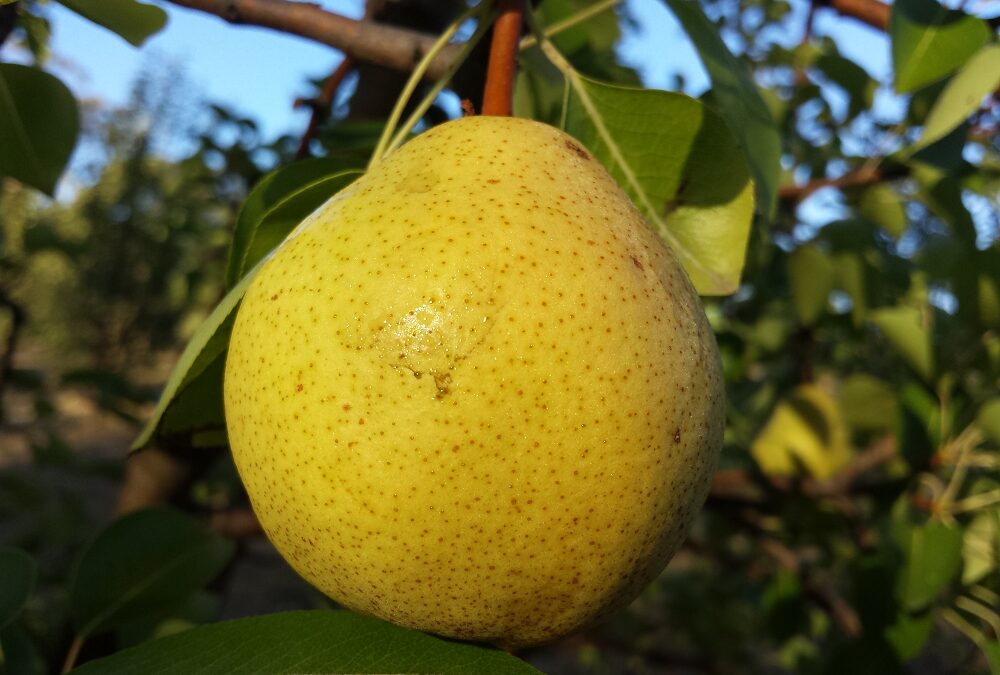

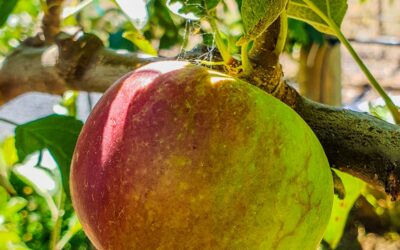
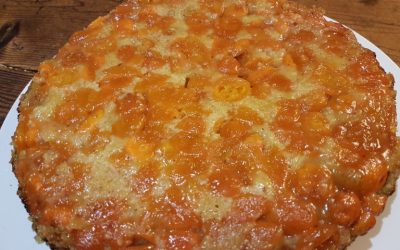
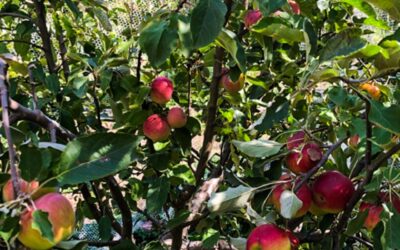


One issue with european pears is the large size of the trees. I understand there are some dwarfing rootstocks out there. Do you have any or plan to get any?
Hi Steve, quince is sometimes used as a dwarfing rootstock for pears. We haven’t done this in the nursery yet, but have plans to in the future, so stay tuned!
I have a dwarf pear BUT it is still over two metres high so have pruned the central leader quite significantly.
Great comment Primrose – demonstrates that even if you have a dwarfing rootstock, it still pays to prune your tree in the right way to keep it to the shape you want. We actually usually recommend vase shaped trees rather than central leader on all rootstocks except very dwarfing, because spreading the vigour into multiple limbs from low down in the tree helps to maintain the height at a more reasonable level. Good luck with your pear.
I am keen to grow pears but concerned not cold enough here? Could you please advise / recommend varieties suitable to clay soils overlaid with sheep yard manure located near Miles Qld? We have temps ranging from 40 to minus 6.
Thank you
Roni
Hi Roni, sounds like your climate is probably fine to grow pears. They (and other deciduous fruit trees) need enough “chill factor” – if you really want to figure this out, it’s Unit 7 in our “Home Orchard Design” short course ( https://growgreatfruit.com/product/home-orchard-design/), but it’s probably a fairly safe assumption that you do. Good luck growing some beautiful pears!
I have two pear trees both of which refuse to grow. They have been shifted to different parts of the garden but no luck. Last year I planted them in the same hole but still little growth. Any hints?
The answer will be in improving the soil for sure Colin. Maybe leave the trees in place for a while and really concentrate on adding lots of organic matter and microbes to the soil, as well as planting a diverse understory around the trees. This is a great little starter course: https://growgreatfruit.com/product/is-my-soil-healthy/. And if you haven’t watched them yet, we can highly recommend both the Christine Jones masterclasses – https://growgreatfruit.com/?s=christine&post_type=product
I have 3 older trees over 20yrs that haven’t fruited for years despite correct pruning and some pests and diseases I’m trying to contol with organic methods. They are large trees but rarely fruit. What am I doing wrong?
Hi Rhonda – what type of trees? The most common reasons for this problem are lack of the right polliniser, disease causing the flowers to rot or die, frost, accidentally pruning off all the fruiting buds, or over-pruning. Occasionally it can be a problem with the soil but this is much less usual.
I have a couple of pear trees but have always had trouble with black spot. This last year was really bad as it was so wet, and I didn’t get the chance to spray them enough. This year, I’m hoping to spray more with bordeaux spray and once with lime sulphur. Thanks for the tips on picking them. I never seem to get it right!
Hi Cheryl, black spot can be a shocker! We’d normally recommend spraying with wettable sulphur, and in a way that is responsive to the weather for best results. We explain it in this short course if you want to learn a bit more about our recommended spray regime: https://growgreatfruit.com/product/keep-your-fruit-trees-free-from-disease/
I planted Early Morettini, Seckel and Abbe Fetel three years ago, and added Summer Blood and White Doyenne a couple of months ago. The Seckel may be the first to give me some fruit this summer. Pruning has been a real puzzle; I’ve watched numerous videos on how to prune pears and though I fully understood how, but when faced with my bushy Morettini rather than a one-year old tree, I’m stumped. The advice you gave in a May 2019 entry, advising “vase shaped rather than central leader … spreading the vigor into multiple limbs … low down in the tree helps maintain height,” was probably the best and certainly the pithiest advice I’ve heard. Back to the shears. Thanks.
Thanks Roy, so glad to hear the pruning advice came in handy. Pears tend to be very upright trees, which can make it hard to see the ‘vase’ in the early years, but just stick to the principles, because over time the branches tend to naturally start spreading. Great varieties – none of them are ones we know, it’s awesome how many different varieties are out there.
We have 3 pear trees – 2 William pears and a Buerre Bosc. I think it rained at the right time this year as we had a bumper crop on all trees. It may have also been because I have been working on soil fertility for the last few years. In fact, all my fruit trees have had bumper crops so putting in the work pays off. We have made plenty of preserved pears this year and dehydrated pears, with a large jar going back to Sydney with my grandchildren and some being sold to a friend, who insisted on paying for them. We also love baking the buerre bosc in the oven, stuffed with a few dates.
Congratulations Fiona, it’s so great when you get such a fabulous return on your investment of learning about how to grow fruit!